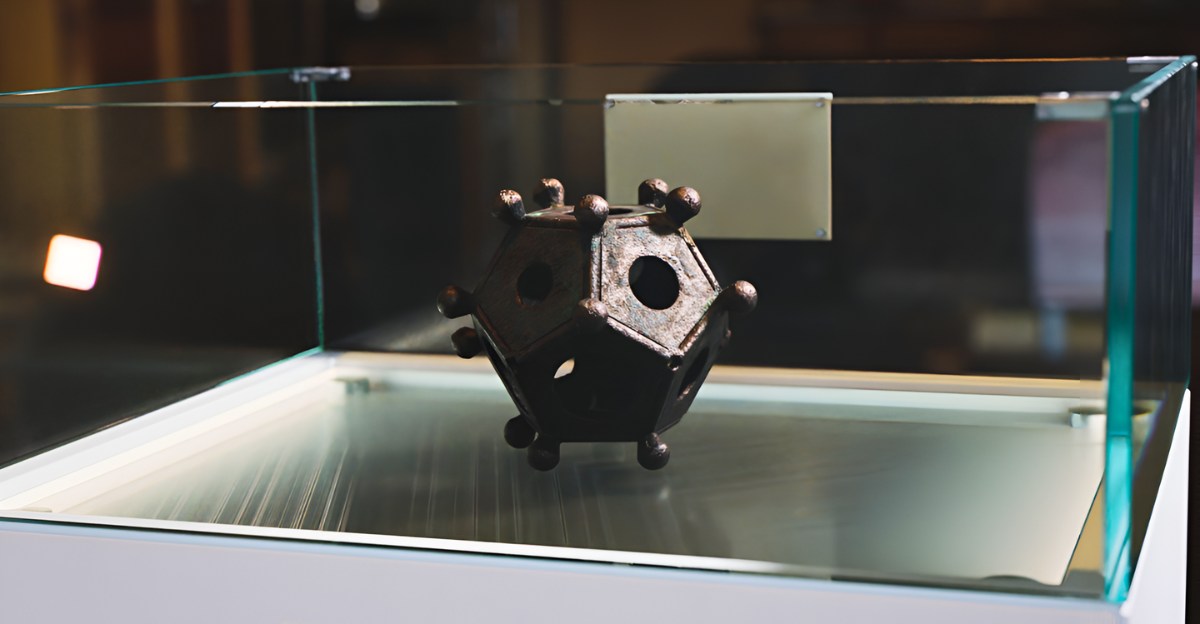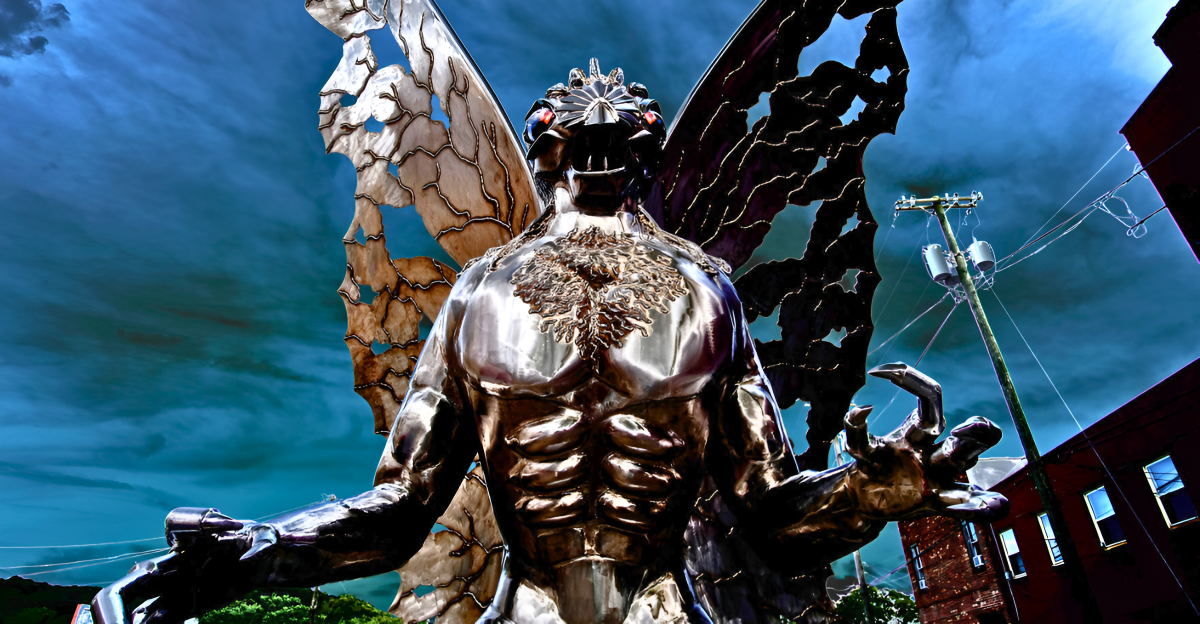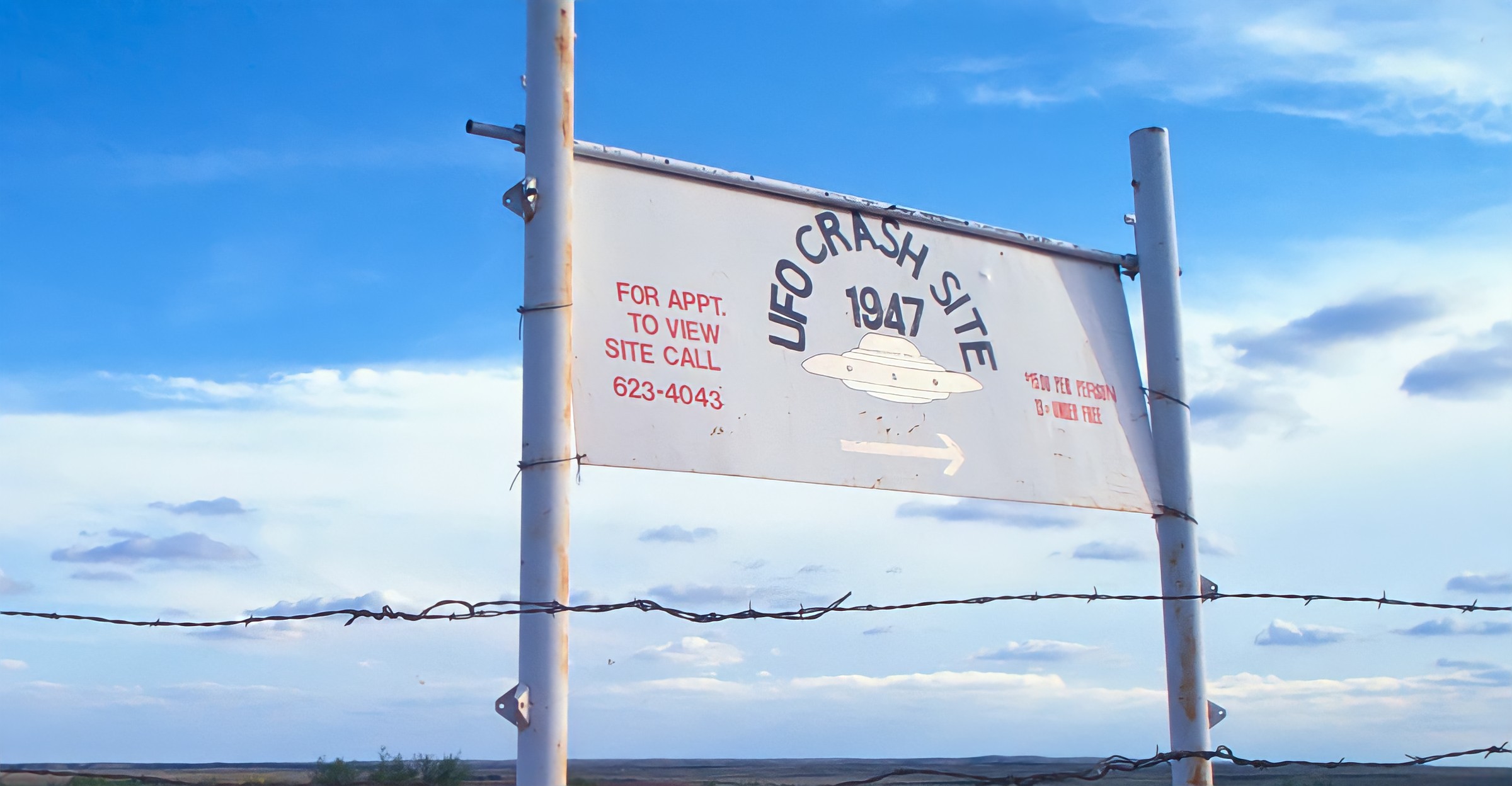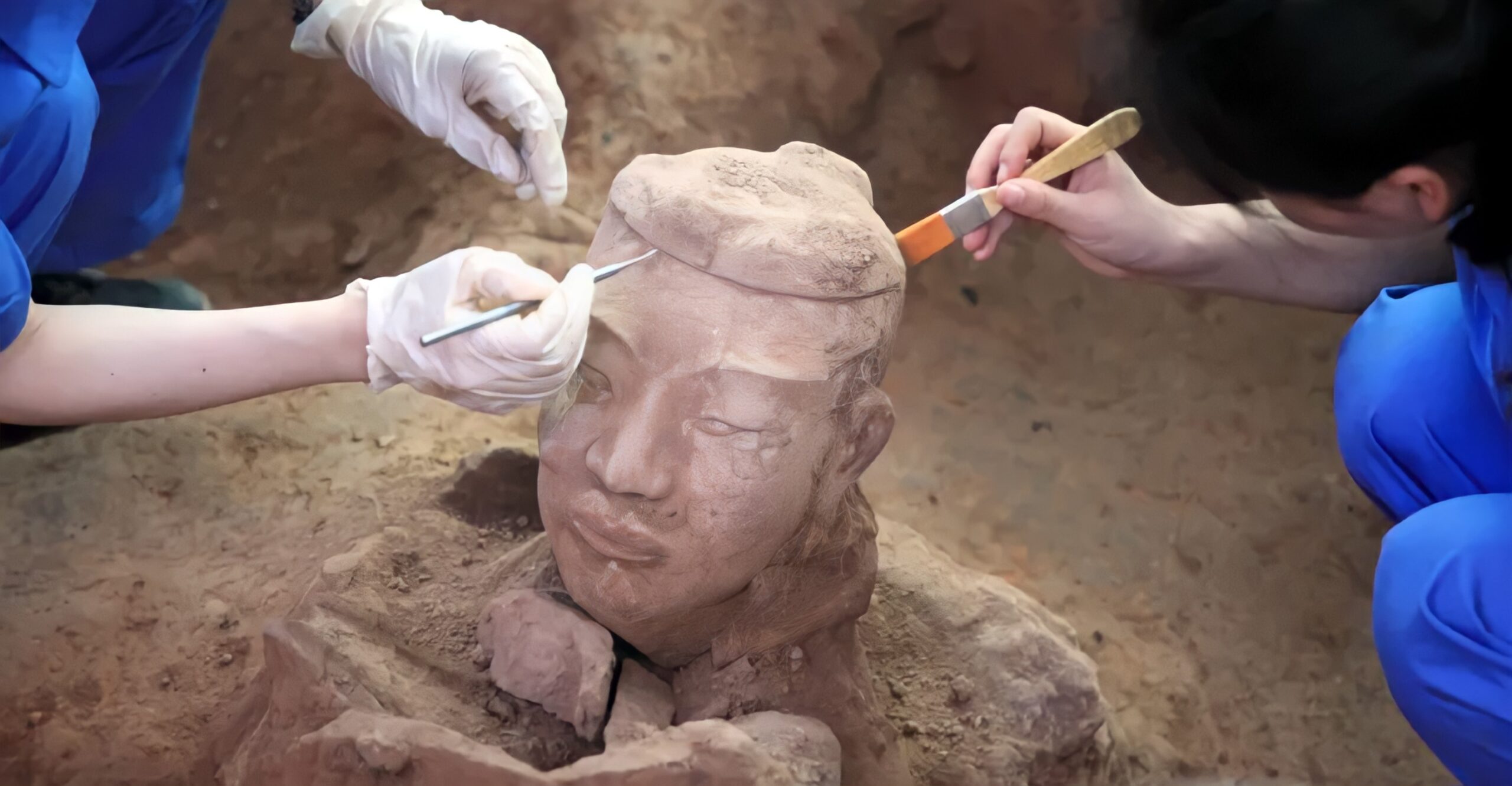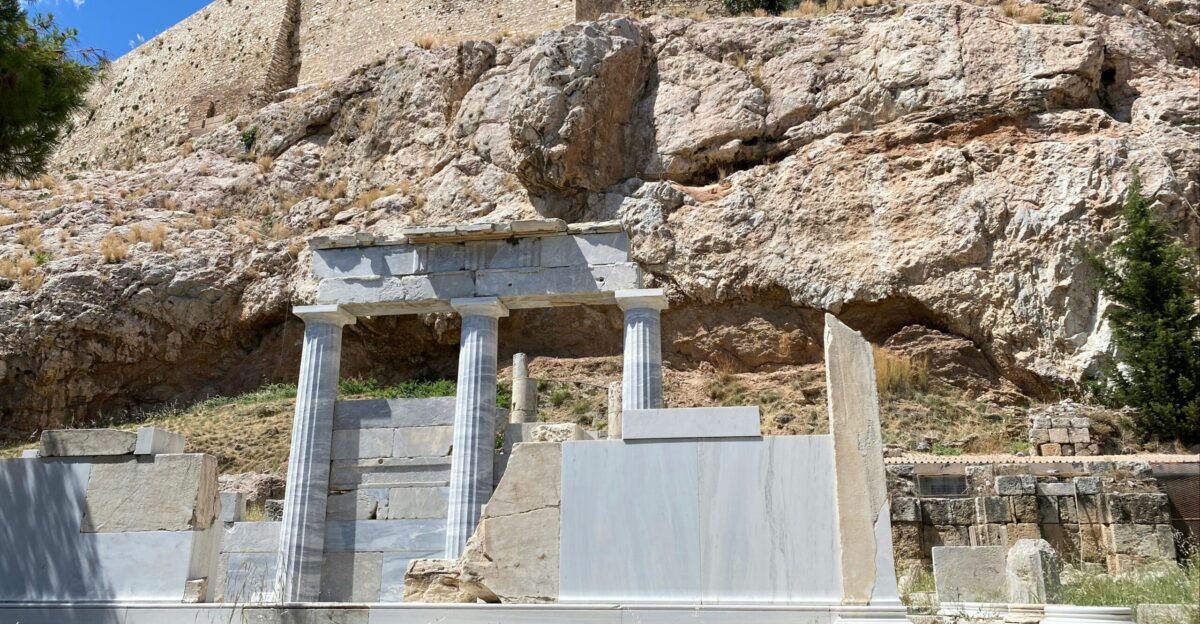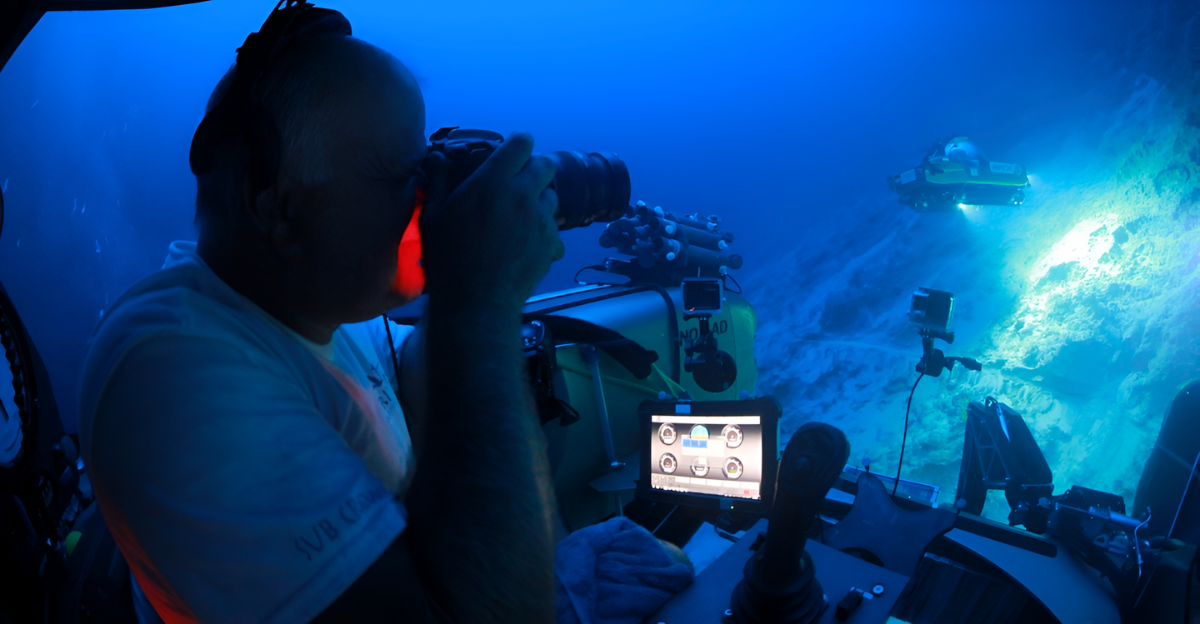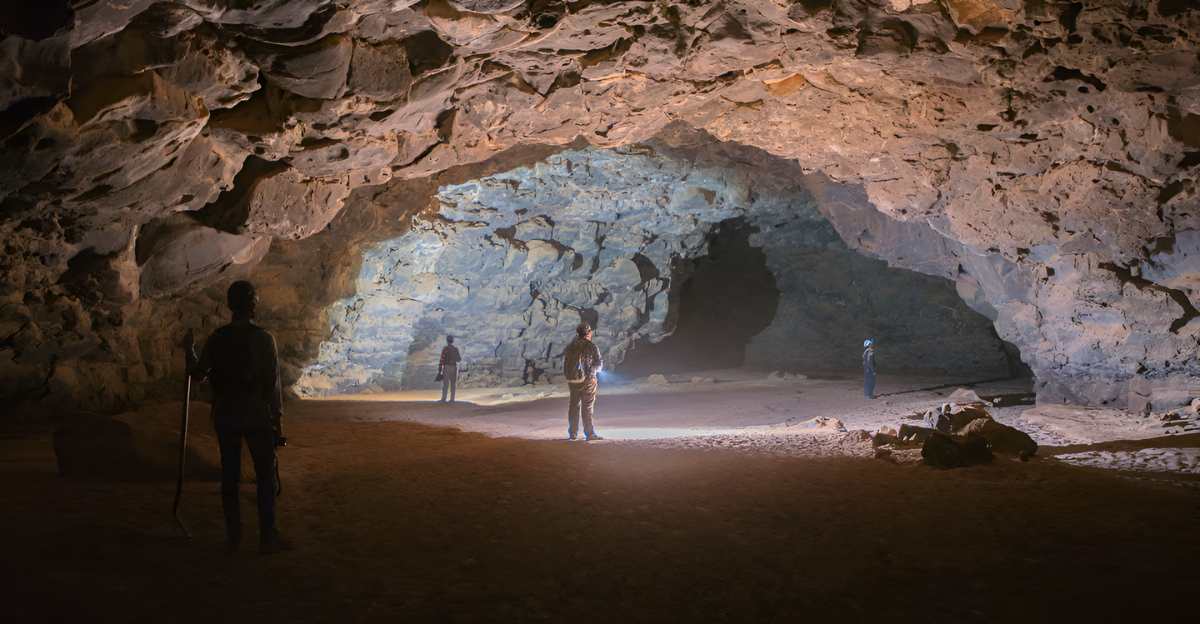
There are whispers in the wind about a 5,000-year-old archaeological discovery deep within Arabia’s Rub’ al-Khali desert, but is it too good to be true, or is it part of a legend that has been lost for thousands of years?
These ancient remains, found in the world’s largest sand desert known as the Empty Quarter, echo storied tales of the vanished city of Ubar, said in both local legend and classic Western accounts to have mysteriously disappeared beneath the sands as punishment for its arrogance.
The Rub’ al Khali
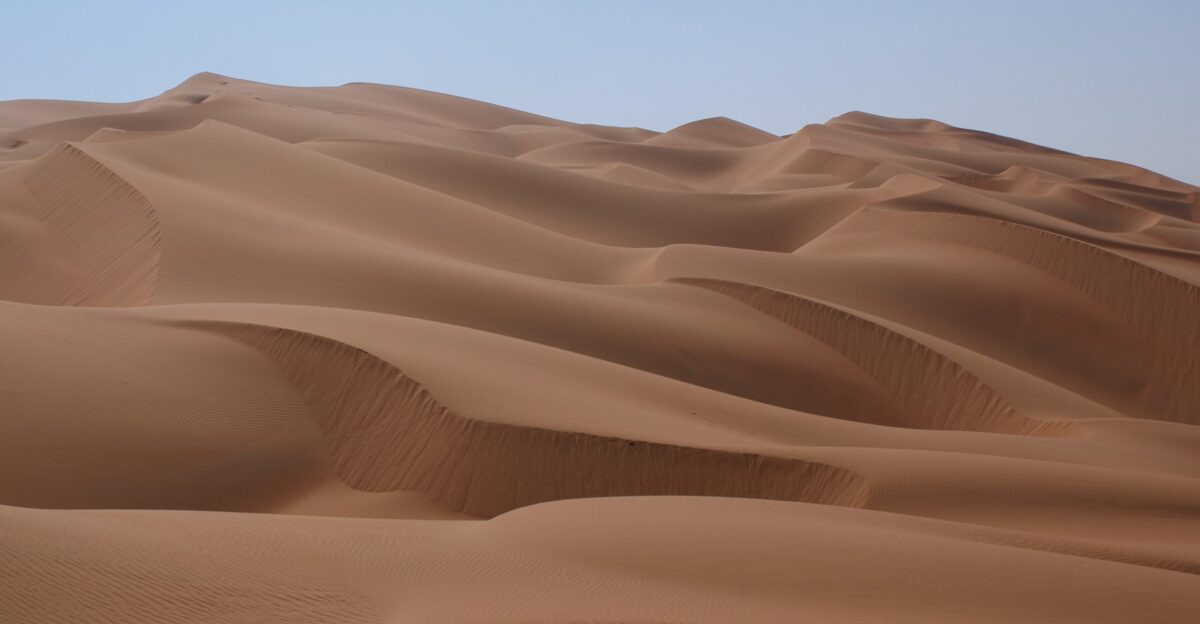
The “Empty Quarter” is the world’s largest continuous sand desert, spanning about 251,000 square miles across Saudi Arabia, Oman, the UAE, and Yemen.
This sun-scorched wilderness features staggering sand dunes that can rise over 820 feet high and salt flats glinting under an unyielding sun.
Ancient trade caravans once crossed these shifting sands, and archaeological finds hint at lost civilizations that flourished during wetter ages.
The Start of Something Big

It all began in 2002 with a moment of curiosity from Sheikh Mohammed bin Rashid Al Maktoum, the ruler of Dubai. While flying over the vast expanse of the Rub’ al Khali desert, Sheikh Mohammed noticed unusual dune formations and a striking black deposit standing out against the sand.
Archaeological teams were dispatched and soon uncovered 1.5 hectares of black slag, the telltale residue of ancient copper and iron smelting. This accidental find revealed Saruq Al-Hadid, an archaeological treasure trove that would yield over 12,000 artifacts.
A wide variety of artifacts, such as metal tools, gold jewelry, ceremonial objects, and evidence of complex industrial activity dating back 5,000 years, were found, sparking curiosity worldwide.
Where Legend Meets Reality
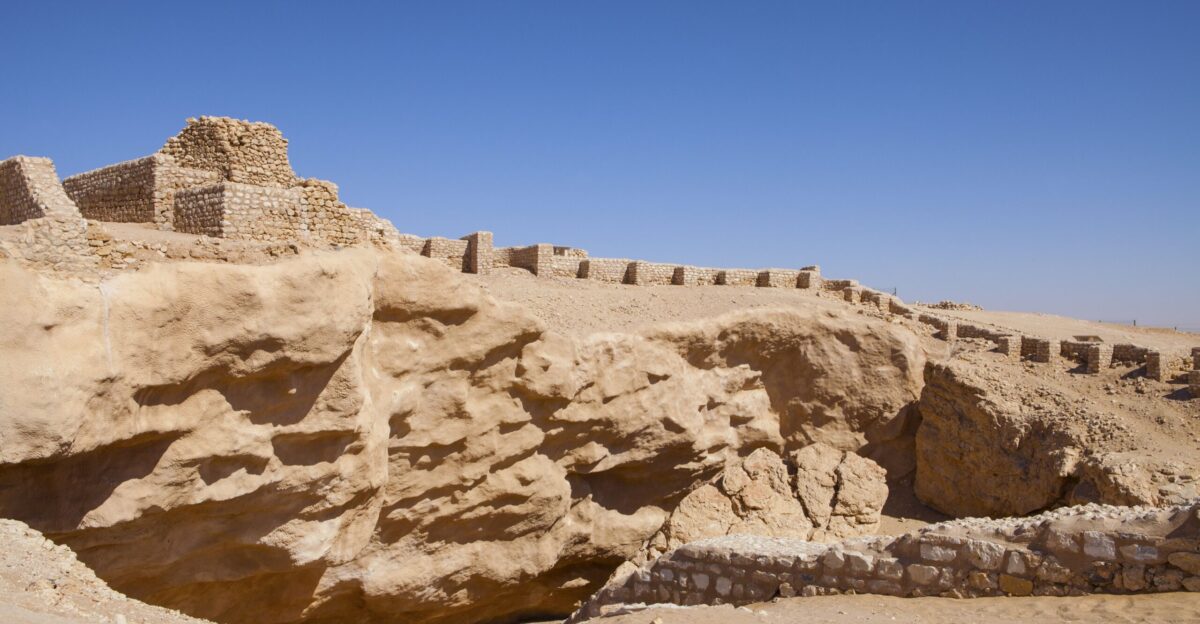
Once thriving as a cosmopolitan hub along the frankincense trade route, Ubar’s splendor is echoed in ancient texts and Bedouin oral tradition. These traditions speak of a prosperous society punished for its arrogance and decadence, swallowed by the desert in a single, cataclysmic night.
For generations, Ubar was considered a myth. Still, archaeological excavations revealed a fortress with eight towers and sophisticated water systems, supporting the idea that this was a center of trade and innovation.
The Eye in the Sky
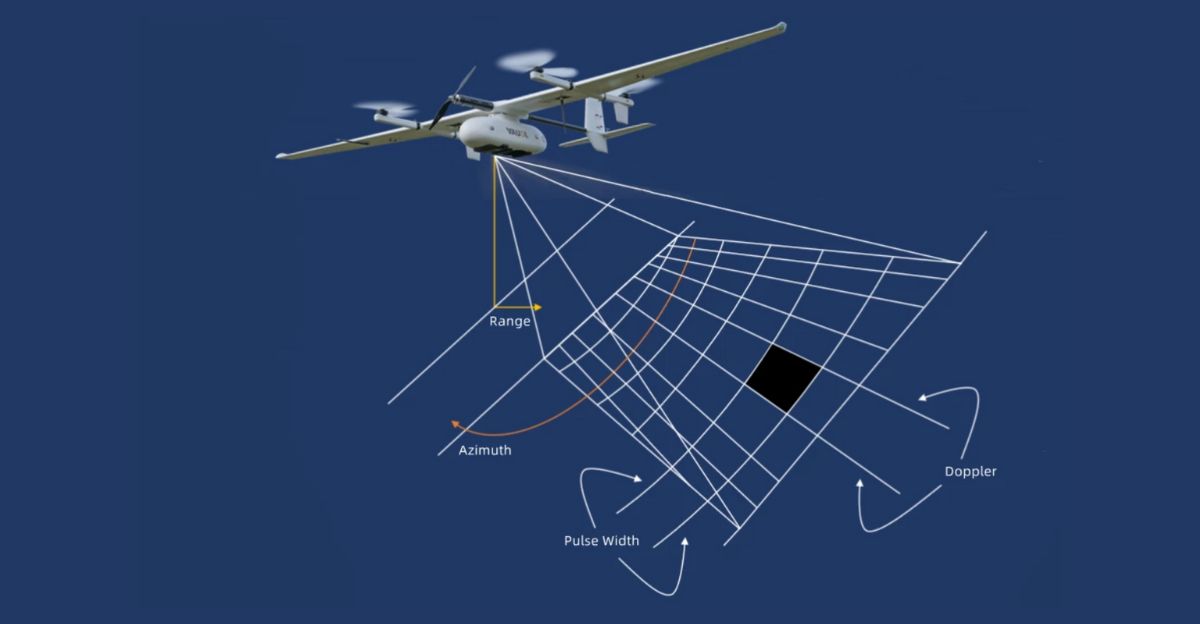
The real breakthrough came with satellite imagery, aerial surveys, and Synthetic Aperture Radar (SAR) technology, which can penetrate thick layers of sand to reveal hidden structures. Researchers from Khalifa University and international teams leveraged artificial intelligence and machine learning to analyze immense aerial and radar data troves.
This automatically pinpointed patterns and geometric anomalies invisible to the naked eye on the ground. “Given the climate and the fact that much of the country is desert, it was too difficult logistically to inspect the desert from the ground.
That’s why satellite data was key. Then, we needed technology that could see beneath the sand,” said Dr. Diana Francis, head of the university’s Environmental and Geophysical Sciences (ENGEOS) Lab.
Evidence of Civilization
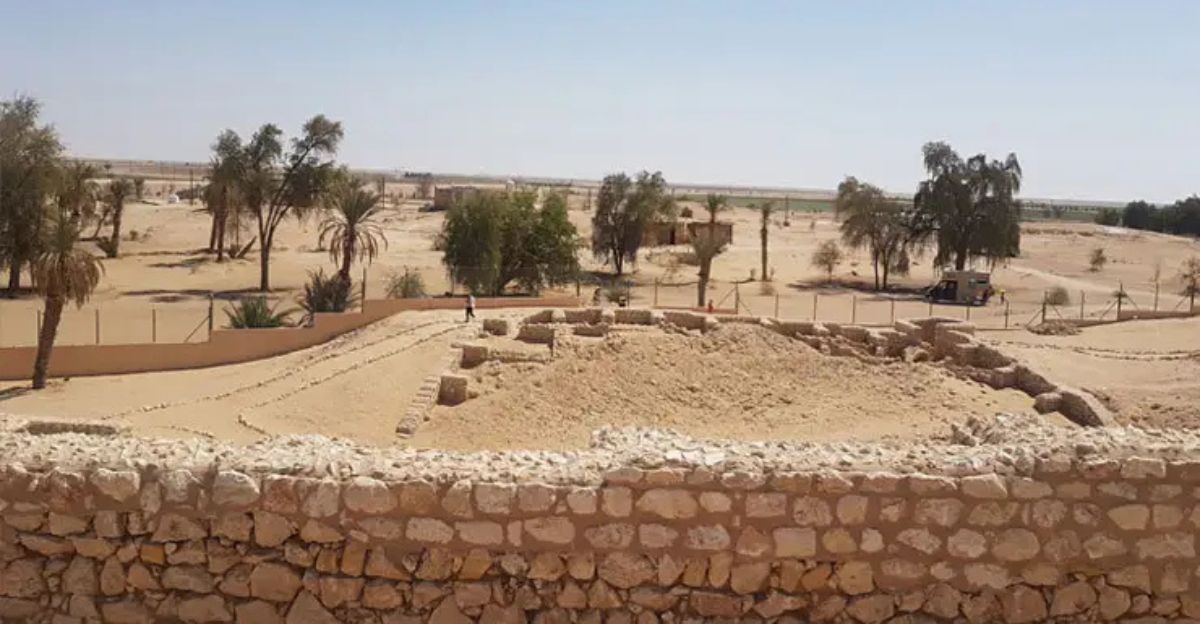
Beneath roughly 10 feet of sand, researchers found remnants of structured cities, roads, and advanced irrigation, signs of a complex society thriving where none was believed possible. Excavations have uncovered layered occupation horizons, stone-lined hearths, post-hole foundations for dwellings, and evidence of a large-scale metallurgical industry.
These discoveries upend earlier assumptions that the Empty Quarter could never support such sustained human activity, showing that ancient peoples engineered their environment and built remarkable communities even in the harshest conditions.
A Hub of Metallurgy
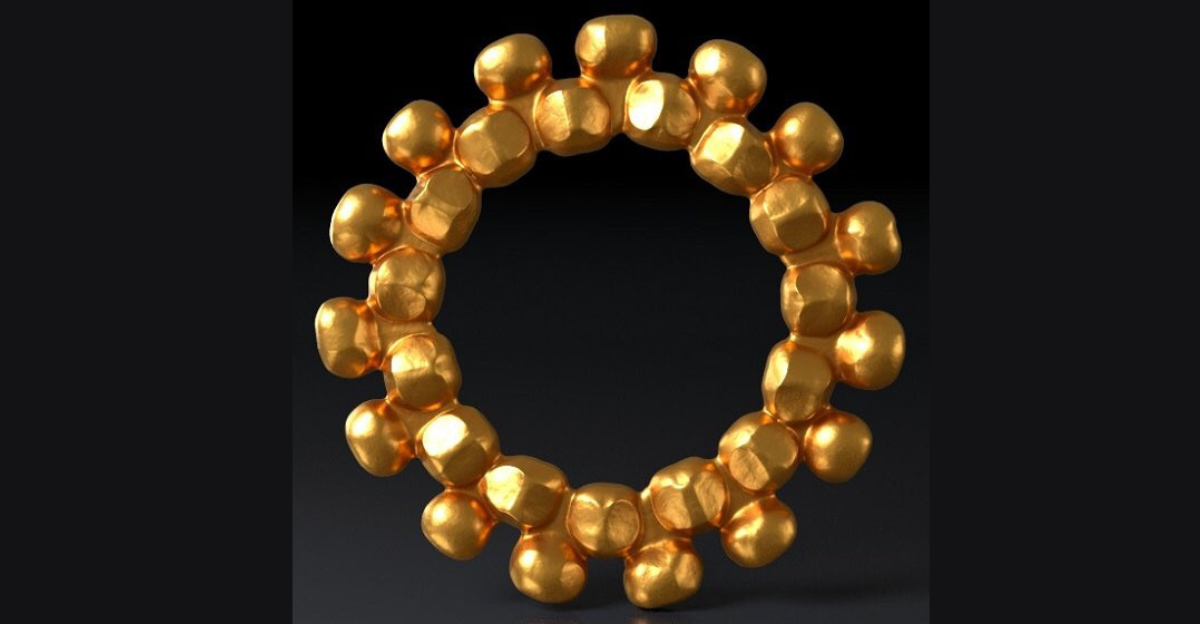
Researchers have uncovered proof of large-scale copper and bronze smelting, refining, and advanced craftsmanship that spanned centuries from the Bronze Age through the Iron Age. Artifacts stamped with Mesopotamian and Egyptian seals show that goods from Saruq Al-Hadid reached powerful neighboring civilizations.
The site’s workshops showed signs of producing tools, weapons, and intricate jewelry locally, but also had connections to long-distance trade routes.
Advanced Irrigation
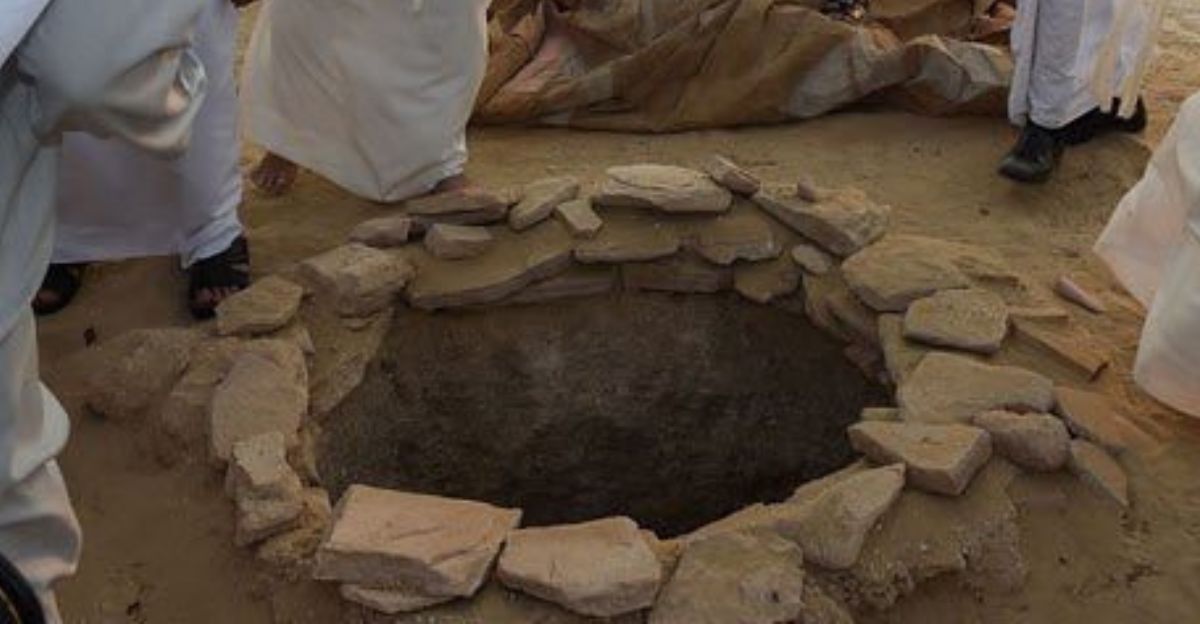
One of the biggest surprises researchers found was evidence of the ingenious adoption of the falaj system. These are underground channels and wells that tapped deep aquifers, efficiently transporting water over long distances, even beneath shifting dunes.
These remarkable systems allowed desert settlements to survive the harsh environment, cultivate crops, support livestock, and sustain dense populations.
Artifacts Beneath the Dunes
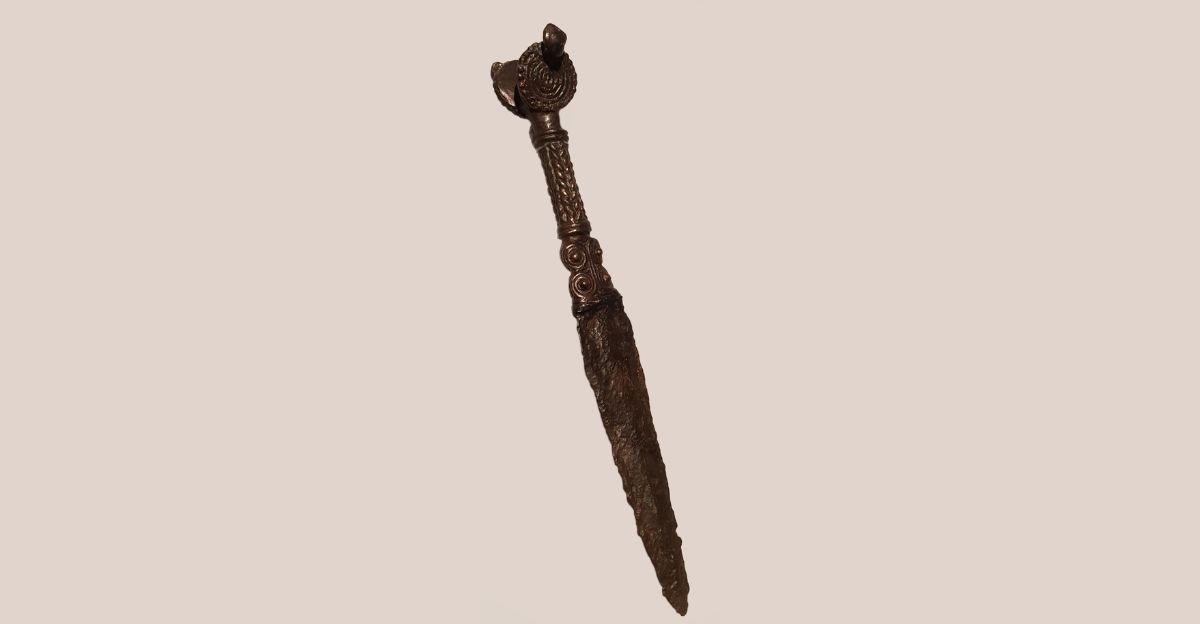
Excavations have revealed bronze and iron daggers, swords, axes, arrowheads, and intricate jewelry, many made with extraordinary craftsmanship in copper, gold, and semi-precious stones. Among the most enigmatic finds are metal models of snakes and animal figurines.
Many artifacts carry ritual significance, with votive offerings and ceremonial items reflecting deep spiritual beliefs.
SAR and Non-Invasive Archaeology
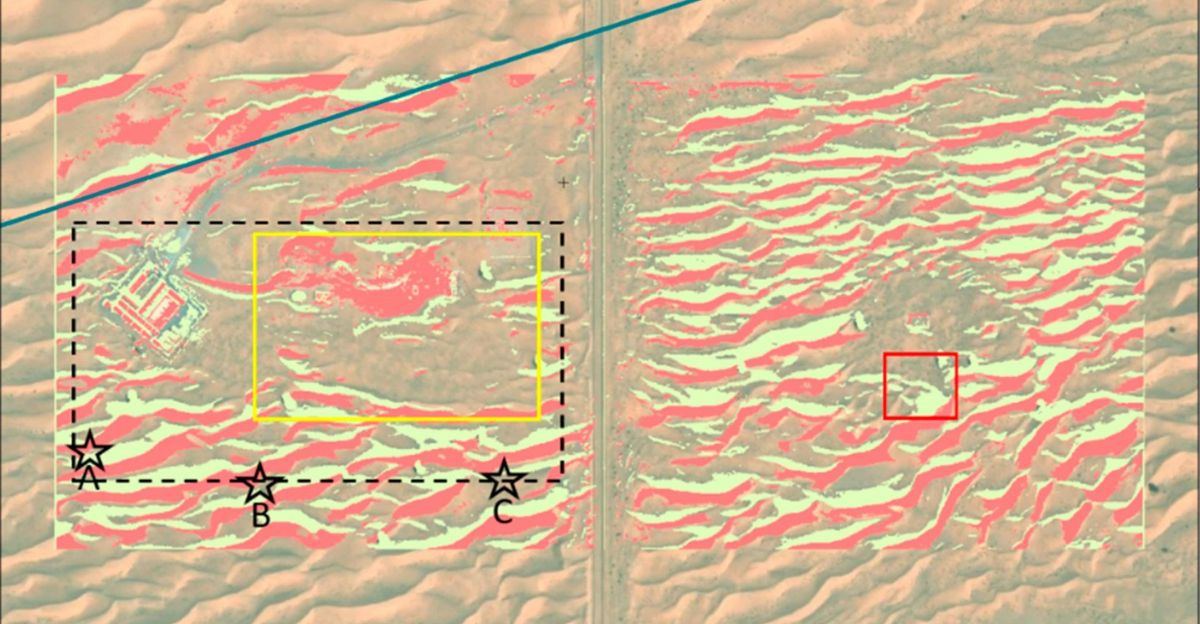
Researchers from Khalifa University combined SAR data with high-resolution satellite imagery and state-of-the-art machine learning algorithms, enabling them to map ancient settlements, road networks, and buried structures down to a precision of 20 inches.
“This research represents a proof-of-concept on how SAR imagery and machine learning can guide archaeological searches in desert environments,” Dr. Francis explained.
Is This Ubar?
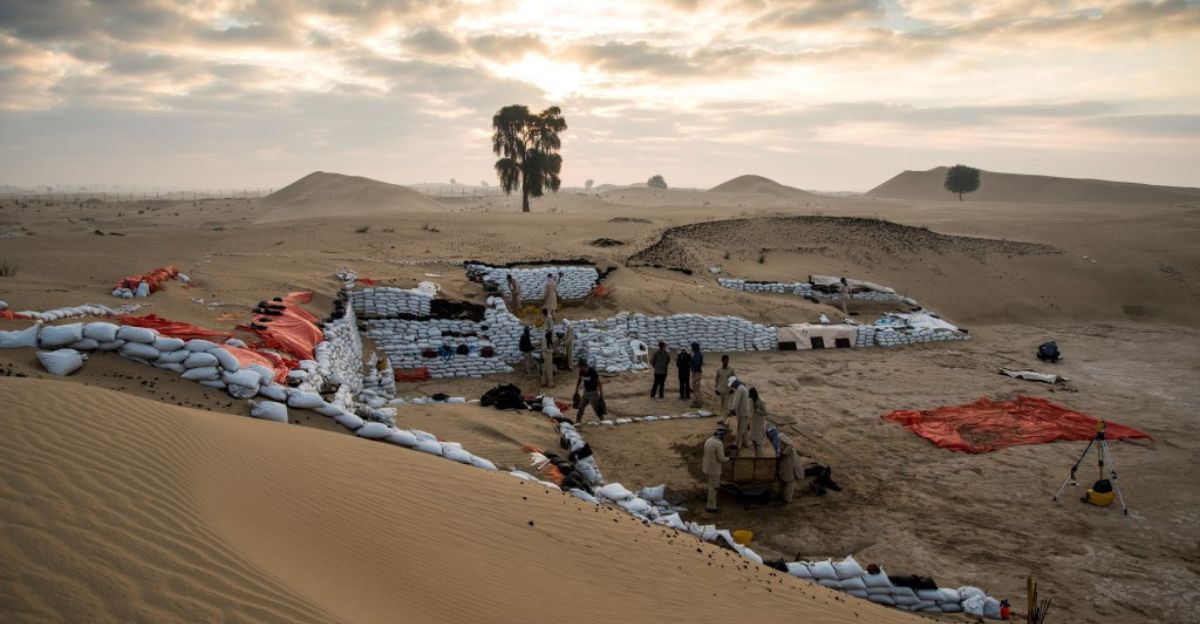
Could this site truly be the legendary Ubar, the famous “Atlantis of the Sands”? Skeptics caution that definitive proof remains elusive: no inscriptions or texts have directly linked Saruq Al-Hadid to Ubar, and some argue that several such lost settlements could fit the legendary mold.
The excitement of the find, however, is undeniable, and researchers are set on finding the truth and finally settling the thousand-year debate about what happened to this remarkable place.
What Lies Ahead for Future Excavations
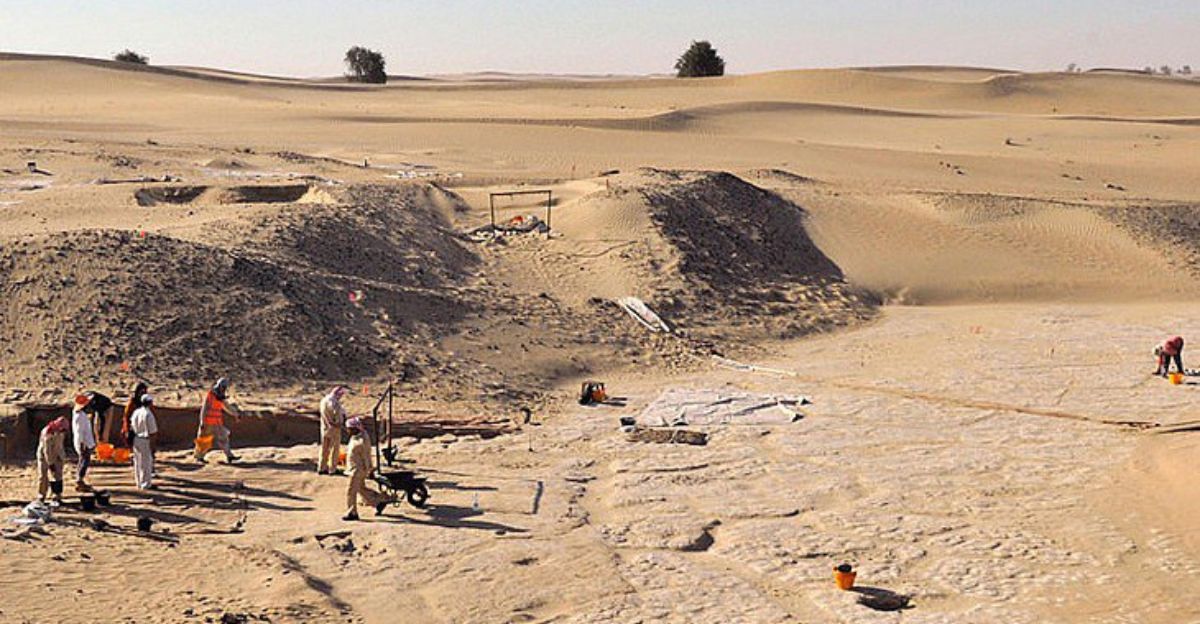
With only a fraction of the site uncovered so far, less than 10% according to experts, the coming years will see a dramatic expansion of excavations, guided by artificial intelligence, satellite-based synthetic aperture radar (SAR), and high-resolution ground-penetrating radar.
“The driving force behind this research was to enable the UAE to discover archaeological sites and features hidden under the sand,” said Dr. Diana Francis. “These areas are still unexplored, but we know they have cultural history. The methods we developed work for all arid regions, and it’s my hope we can apply them to the whole of the UAE and beyond.”
TE Lawrence and Western Fascination

The enduring legend of the “Atlantis of the Sands” was catapulted onto the global stage partly due to the fascination of T.E. Lawrence, better known as “Lawrence of Arabia.” He was fascinated by stories of vanished cities like Ubar or Iram, buried under the Rub’ al Khali sands.
Lawrence planned his expeditions to seek their ruins, even proposing that the British government fly an airship over the inhospitable region during World War I in hopes of spotting hidden traces beneath the dunes.
Lawrence’s romantic vision, evocative writings, and later cinematic adaptations took hold of Western imaginations, amplifying the allure of Arabia’s mysteries for generations of explorers, adventurers, and scholars.
Redefining Arabian History
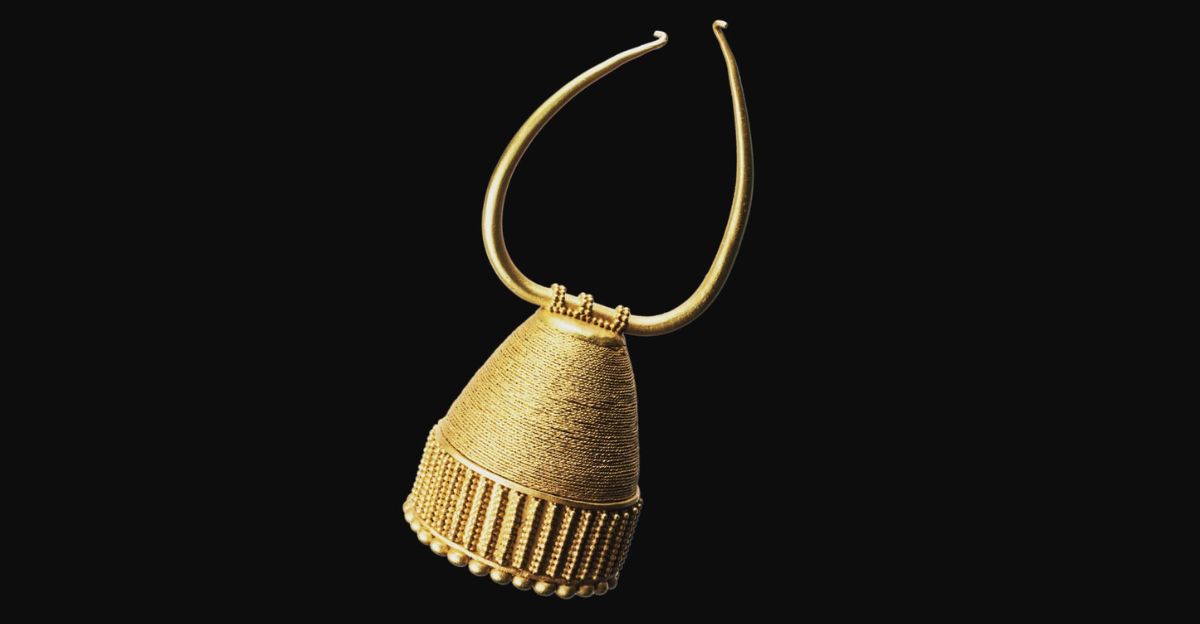
The archeological findings at this site challenge the old narrative of isolated tribes eking out fragile existences and instead position Arabia as a hub of technological progress, cultural exchange, and societal resilience.
Once dismissed as an inhospitable wasteland, the Empty Quarter is now recognized as a crucible of innovation, trade, and a complex civilization that dates back 5,000 years.
The Desert Still Speaks
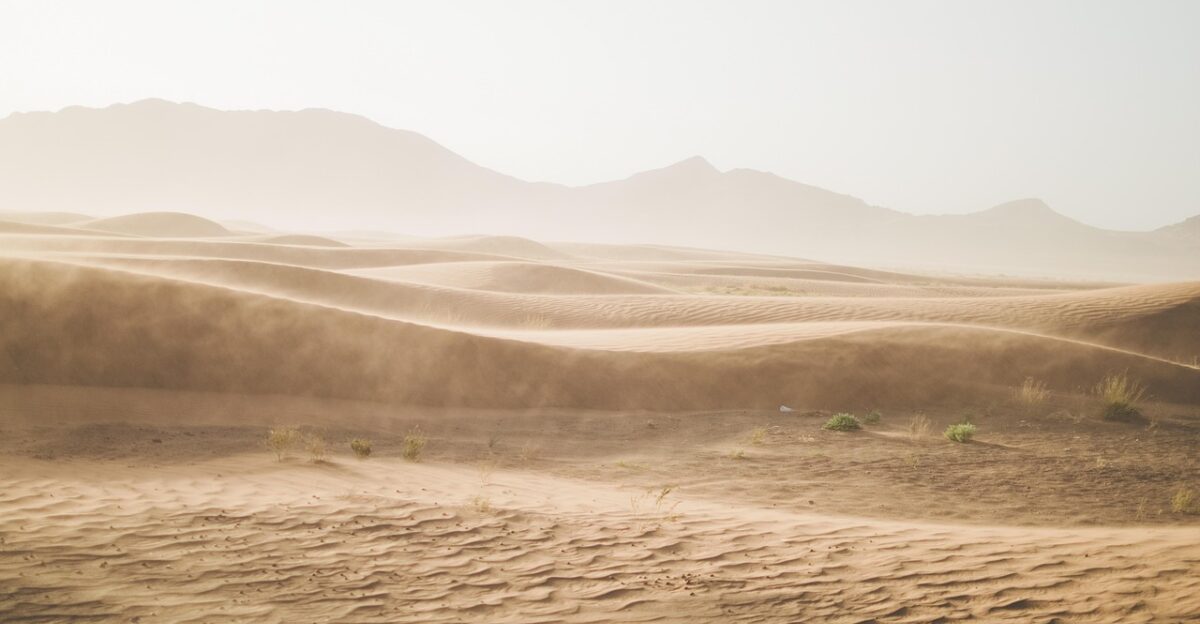
Cultural initiatives and museums in Dubai and beyond showcase the ancient artifacts that connect today’s society with its enigmatic ancestors. New generations of scientists, artists, and explorers draw inspiration from the enduring allure of Arabia’s sands.
“Whether or not this ancient city is the fabled Atlantis of the Sands, one thing is certain: history is still hiding in the dunes,” notes Dr. Layla Hassan, chief archaeologist. “And the desert, finally, is telling its story.”

